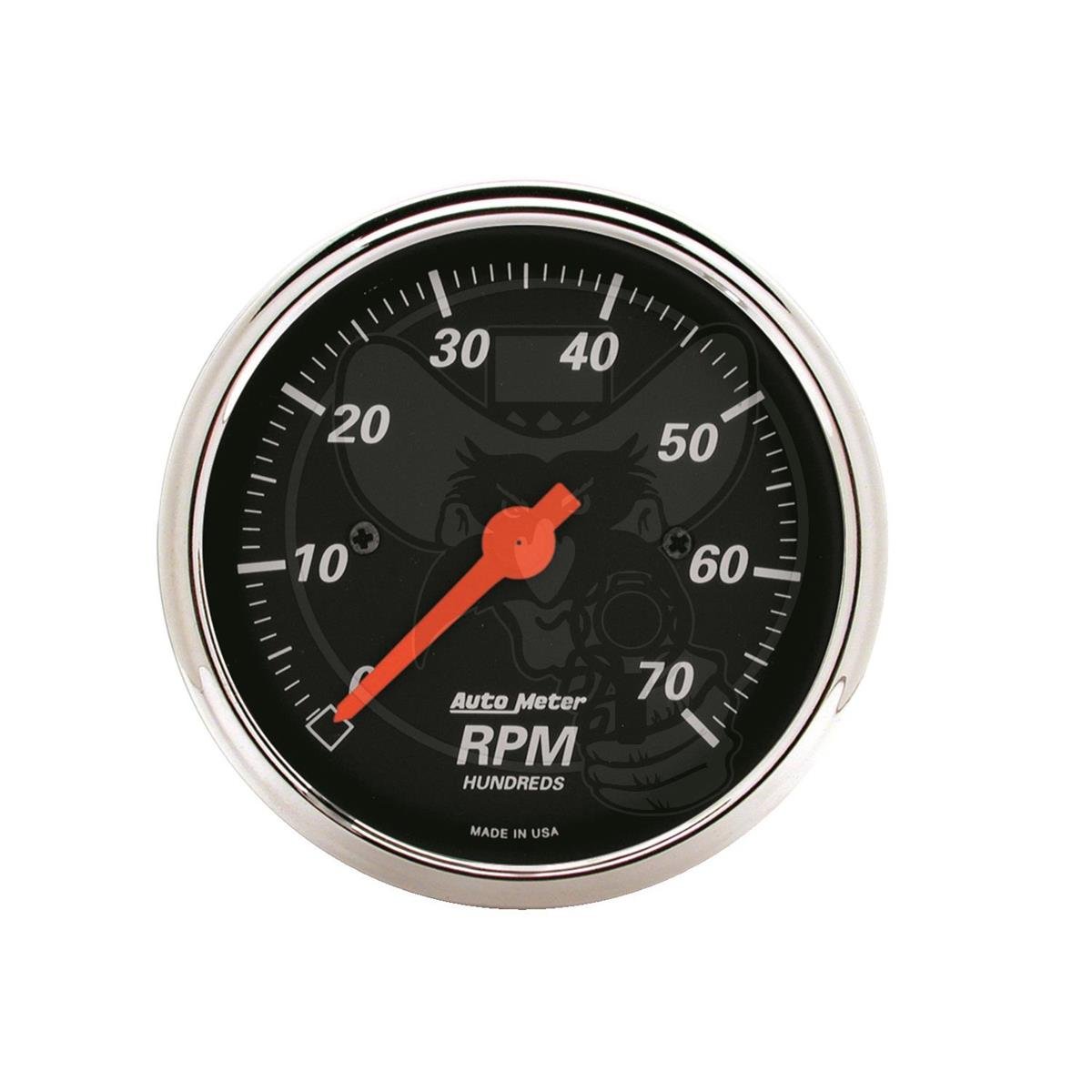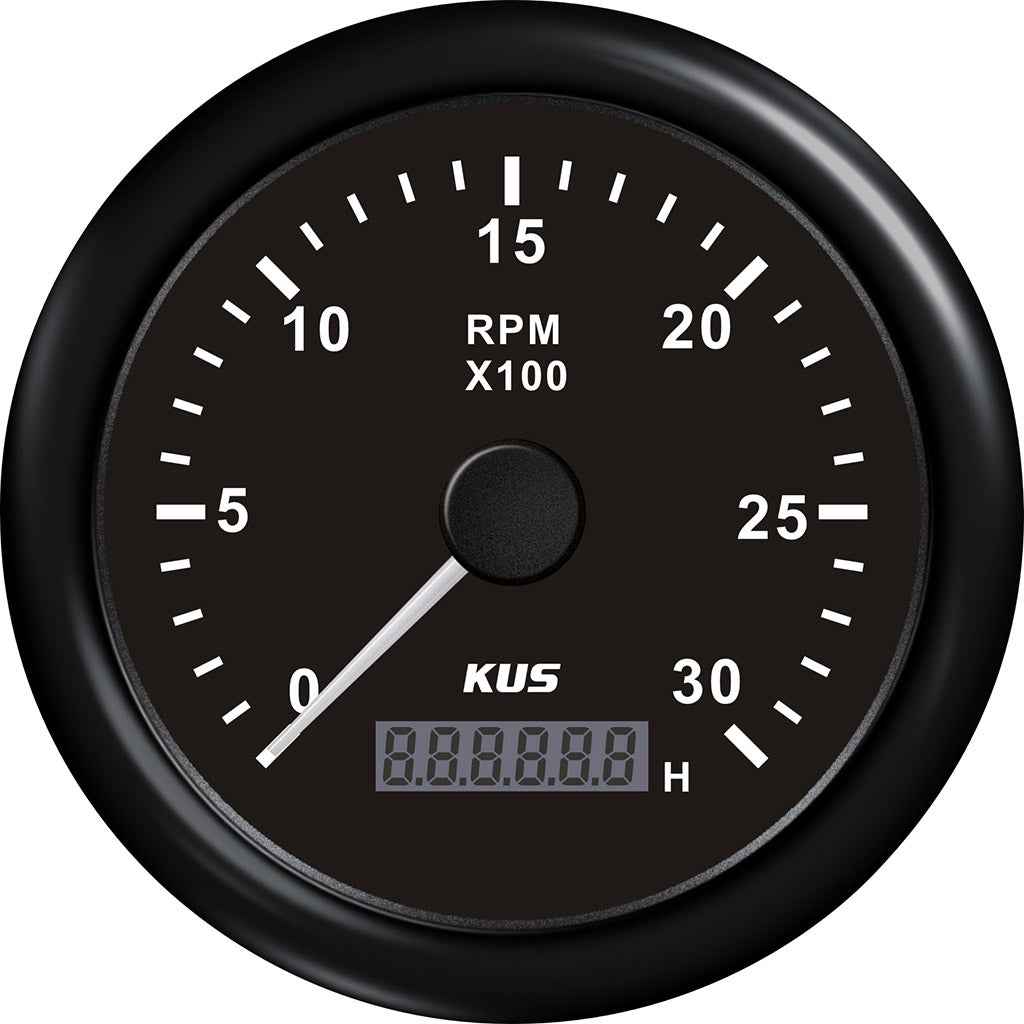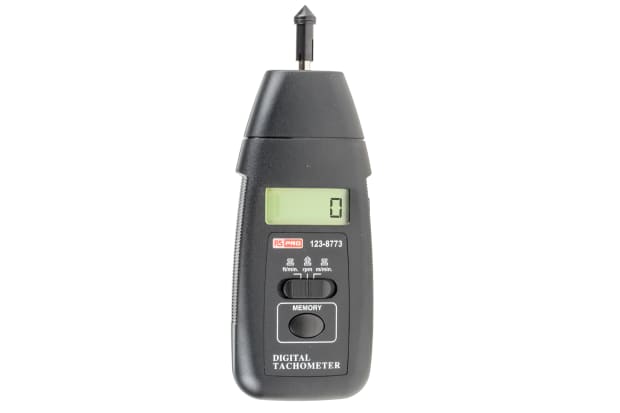Exactly How a Tachometer Aids Monitor Engine Health And Wellness and Efficiency
Exactly How a Tachometer Aids Monitor Engine Health And Wellness and Efficiency
Blog Article
The Relevance of a Tachometer in Keeping An Eye On Engine Speed and Efficiency in Automotive Applications
In the world of automobile engineering, the tachometer stands as an essential instrument in the motorist's collection, providing a straight window into the internal workings of a car's engine. Beyond its function as a simple gauge of transformations per minute (RPM), the tachometer serves as a crucial tool for fanatics and professionals alike, offering real-time insights into engine performance and health and wellness.
Relevance of Monitoring Engine RPM
Keeping track of engine RPM, or changes per minute, is an essential facet of auto upkeep and efficiency analysis. Engine RPM directly correlates with the rate at which the engine's crankshaft rotates, showing how swiftly the engine is running - tachometer. By keeping an eye on RPM, auto mechanics can examine the wellness of the engine, identify prospective issues, and fine-tune efficiency. An uncommon RPM analysis may indicate troubles such as engine misfires, defective ignition system, or concerns with the fuel delivery system. Constantly high RPM analyses can show aggressive driving habits or the requirement for a greater equipment change to enhance fuel efficiency.
Furthermore, monitoring engine RPM is important for efficiency analysis in auto racing and high-performance vehicles. Maintaining ideal RPM degrees is essential for attaining peak power outcome and velocity. Racers commonly make use of tachometers to guarantee they are operating within the optimal RPM range for optimum performance. In recap, keeping track of engine RPM is not only essential for discovering problems but additionally for optimizing engine performance in different auto applications.

Benefits of Real-Time Data
In vehicle applications, real-time data plays a critical role in supplying immediate understandings right into the performance and condition of the automobile. By continuously keeping track of numerous criteria such as engine rate, temperature, fuel usage, and extra, real-time data offers many advantages that add to improved efficiency and security when driving.
Additionally, real-time data facilitates efficiency optimization by offering instant comments on driving behaviors and engine performance. Motorists can change their habits in real-time based on this information to attain far better fuel economic climate and prolong the life expectancy of their automobile.

Furthermore, real-time information plays a vital duty in modern-day auto diagnostics, enabling specialists to promptly diagnose and attend to malfunctions. This brings about reduced downtime, lower maintenance prices, and ultimately, improved total vehicle dependability and durability (tachometer). By taking advantage of the power of real-time data, auto stakeholders can make informed choices that positively affect both the performance and durability of the automobile
Effect On Gear Shifts
Effective gear shifts in automotive applications substantially affect general efficiency and driving experience. The More about the author tachometer plays an important duty in optimizing equipment changes by offering real-time engine rate data to the driver. When approaching the redline on the tachometer, it signals the motorist to upshift to avoid over-revving the engine and creating prospective damage. On the other hand, downshifting at the ideal minute can help preserve the engine in its power band, making sure receptive acceleration when required.
Furthermore, the tachometer help in attaining smoother equipment transitions, particularly in hand-operated transmissions. By keeping track of engine rate, motorists can perform equipment changes at the optimum RPM range, reducing snagging motions and decreasing endure the transmission parts. This accuracy in equipment modifications not just boosts driving comfort but additionally adds to sustain efficiency.
Enhancing Fuel Effectiveness
Given the important function the tachometer plays in optimizing gear changes for efficiency and engine wellness, it straight adds to taking full Full Article advantage of fuel performance in vehicle applications. By supplying real-time responses on engine rate, the tachometer assists drivers in keeping one of the most efficient RPM array for fuel economic situation. When drivers regularly keep track of the tachometer and readjust their driving practices accordingly, they can avoid unnecessary fuel usage brought on by over-revving or carrying the engine.
Additionally, the tachometer helps drivers recognize the most fuel-efficient gear to be in at any type of provided minute, protecting against the engine from working more challenging than needed. In conclusion, the tachometer offers as a beneficial device in boosting fuel efficiency by promoting optimal driving practices and recognizing locations for enhancement in the automobile's efficiency.

Making Best Use Of Engine Durability
The tachometer's duty in keeping an eye on engine rate and performance contributes in making sure the durability of auto engines. By making use of the tachometer efficiently, vehicle drivers can enhance engine durability via conscious RPM administration. Regularly revving an engine expensive can result in excessive deterioration on important parts, such as the pistons, valves, and bearings. With time, this can cause lowered engine efficiency and prospective breakdowns. Keeping an eye on the tachometer allows vehicle drivers to stay within the advised RPM variety for their vehicle, preventing unneeded pressure on the engine and prolonging its lifespan.

Conclusion
Finally, the tachometer plays a crucial function in monitoring engine rate and efficiency in automobile applications. By giving real-time information on RPM, it enables effective gear changes, improved gas effectiveness, and made best use of engine durability. This device is important for keeping optimum engine efficiency and making sure the overall performance of an check automobile.
Report this page